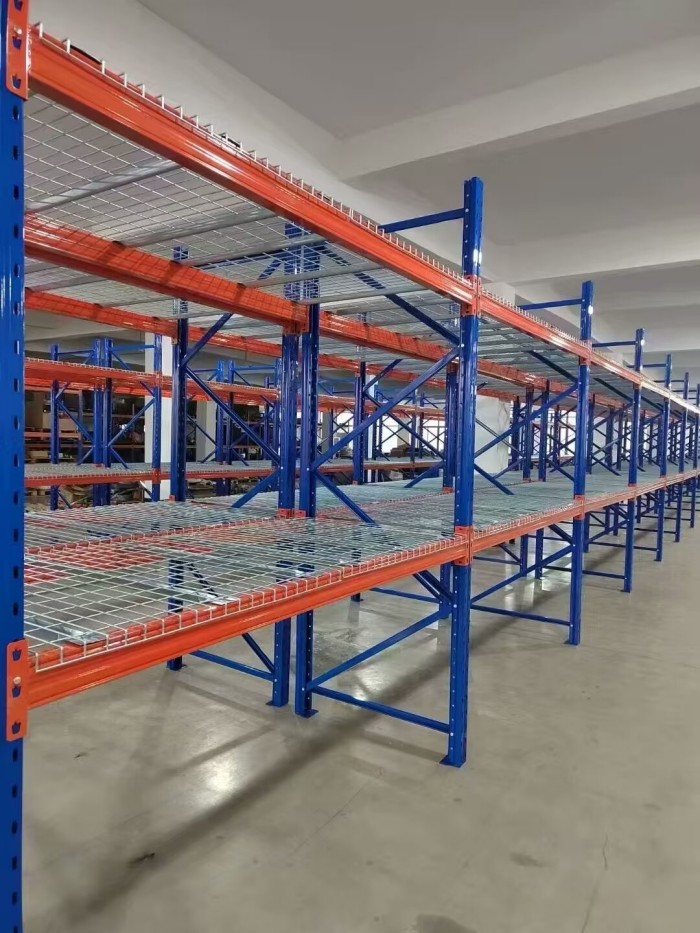Waterproofing is a crucial aspect of building construction that ensures the longevity and structural integrity of a building. It involves the application of various techniques and materials to prevent water penetration and damage. In this comprehensive blog post, we will delve into the intricacies of waterproofing, exploring the different methods, materials, and considerations involved in achieving effective waterproofing in a building.
- Understanding the Importance of Waterproofing:
Water infiltration can lead to a range of issues, including structural damage, mold growth, and deterioration of building materials. Effective waterproofing safeguards against these problems, enhancing the durability and longevity of a building. - Identifying Vulnerable Areas:
Before commencing waterproofing, it is essential to identify the vulnerable areas prone to water penetration. These typically include basements, roofs, balconies, bathrooms, and foundations. Each area requires specific waterproofing techniques tailored to its unique characteristics. - Types of Waterproofing Techniques:
a. Cementitious Waterproofing: This technique involves the application of cement-based coatings or membranes to create a barrier against water. It is commonly used in basements, swimming pools, and water tanks.
b. Bituminous Waterproofing: Bitumen-based materials, such as asphalt or coal tar, are used to create a waterproofing layer. This technique is often employed in roofs and below-grade structures.
c. Liquid Waterproofing Membrane: Liquid-applied membranes, such as polyurethane or acrylic-based coatings, are sprayed or rolled onto surfaces to form a seamless waterproofing layer. This method is suitable for complex geometries and irregular surfaces.
d. Sheet Membrane Waterproofing: Preformed sheet membranes, typically made of modified bitumen or synthetic materials like PVC or EPDM, are applied to surfaces using adhesives or heat fusion. Sheet membranes are commonly used in roofs, foundations, and below-grade structures. - Selecting Waterproofing Materials:
The choice of waterproofing materials depends on factors such as the location, exposure to sunlight, temperature fluctuations, and the type of structure. Commonly used materials include liquid-applied coatings, bitumen membranes, polyurethane-based sealants, and cementitious compounds. Each material has specific advantages and limitations, and their selection should be based on the project requirements. - Preparing the Surface:
Proper surface preparation is crucial for effective waterproofing. It involves cleaning the surface, repairing cracks, and ensuring a smooth substrate for the application of waterproofing materials. Any existing moisture or contaminants must be removed to ensure optimal adhesion and performance. - Application Techniques:
The application of waterproofing materials requires precision and adherence to manufacturer guidelines. Whether it is brush or roller application, spray equipment, or torch-on techniques, following the recommended application methods is essential for achieving a durable and effective waterproofing system. - Maintenance and Inspection:
Regular maintenance and inspection are vital to ensure the continued effectiveness of the waterproofing system. Periodic checks for cracks, leaks, or signs of water damage allow for timely repairs and prevent potential issues from escalating.
Conclusion:
Waterproofing is a critical aspect of building construction that demands careful planning, selection of appropriate techniques and materials, and meticulous execution. By understanding the importance of waterproofing, identifying vulnerable areas, and employing the right techniques, builders can safeguard their structures against water damage, ensuring their longevity and functionality.



